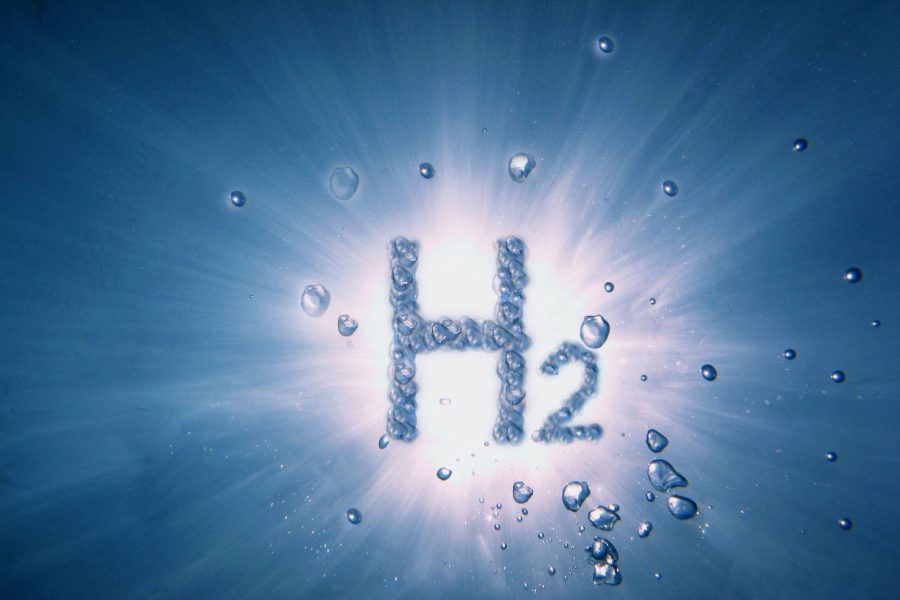
The European Commission wants to support green hydrogen. This is bad news for Polish oil companies and mines.
Content
Euractiv has found documents from the European Commission that show that EU funds will be allocated primarily for green hydrogen produced from renewable energy sources. Gray hydrogen from fossil fuels will be censored, which is not good news for Orlen or Lotus.
Because Poland is basically “grey” hydrogen.
Table of contents
- Because Poland is basically “grey” hydrogen.
- Not for "gray" hydrogen, but for "green", "blue" is allowed in the transitional stage.
Fuel cell car companies emphasize the purity of hydrogen as a gas, but "forget" to mention that the world's primary source of hydrogen today is the steam reforming of natural gas. The process is based on hydrocarbons, requires a lot of energy and ... produces carbon dioxide emissions that are slightly lower than when gasoline is burned in a conventional engine.
The gas derived from hydrocarbons is "grey" hydrogen.... This is unlikely to solve our carbon footprint, but it will give petrochemical companies more years of life. He's still his "blue" varietywhich is made exclusively from natural gas and forces the manufacturer to capture and store carbon dioxide.
> What is CO2 emissions from the production of hydrogen from coal or "Poland in Kuwait Hydrogen"
An alternative to "gray" hydrogen is "green" ("pure") hydrogen, which is formed during the electrolysis of water. It is more expensive to obtain, but they say that it can be used as an energy storage device if it is overproduced from renewable energy sources (wind farms, solar power plants).
Not for "gray" hydrogen, but for "green", "blue" is allowed in the transitional stage.
Euractiv says it has received documents confirming that the European Commission will support the transition of European economies to hydrogen fuel. However, the projects will be implemented as part of the decarbonisation (= carbon removal) industry, therefore the greatest emphasis will be placed on "green" hydrogen with a possible tolerance for "blue" and a complete rejection of "gray" hydrogen. (a source).
This is bad news for Orlen or Lotos, but good news for PGE Energia Odnawialna, which is investing in gas production using energy from wind farms.
> The Pyatnuv-Adamov-Konin power plant will produce hydrogen from biomass: 60 kWh per 1 kg of gas.
A draft document that Euractiv has learned about the need to quickly scale up green hydrogen production. Will be irreplaceable to reduce the gas price to EUR 1-2 (PLN 4,45-8,9) per kilogrambecause at the moment the amounts are higher. To make these sums easier to interpret, we add that 1 kilogram of hydrogen is the amount of gas required to travel approximately 100 kilometers..
The document under discussion can be found HERE.

Introductory photo: BMW Hydrogen 7, presented by (c) BMW in the first decade of the 12th century. The car was powered by an enhanced V50 engine that ran on hydrogen (but could run on gasoline; there were versions that used both fuels). The hydrogen consumption was 100 liters per 170 kilometers, so with a 340 liter tank, the power reserve was about XNUMX kilometers. The car could not be left unused for too long, because the evaporating liquid hydrogen created such a pressure after a few hours that it gradually exited through the valve. In any case, this was done on purpose.
Currently, hydrogen cars only use fuel cells as a significantly more efficient technology:
> Water dump from Toyota Mirai - this is what it looks like [video]
This may interest you:
